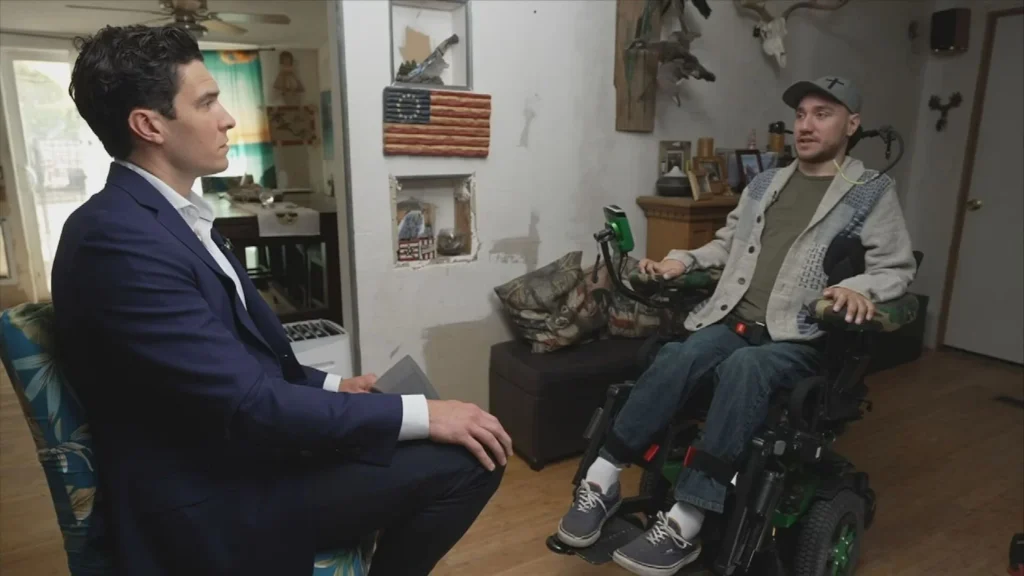Neuralink is taking a notable leap forward in brain-computer interface (BCI) technology, revealing intentions to implant two additional study participants in the upcoming months. This follows the successful implantation of their first participant, marking a pivotal step in the company’s mission to merge human cognition with artificial intelligence.
Table of Contents

GMA
Also Read: What happened to Elon Musk’s First Neuralink Project on Human?
Journey So Far
Neuralink’s journey began with Noland Arbaugh, the first study participant to receive the company’s surgically implanted device. In an exclusive interview, Arbaugh revealed his remarkable transformation, narrating how the device has empowered him with nearly complete control over computer usage solely through his thoughts.
The Next Chapter
As Neuralink moves forward into its next phase, it’s shining a spotlight on two fresh faces who are set to play a part in shaping the ongoing story of humans and technology teaming up. This company, which Elon Musk helped start, has been leading the charge in developing brain-computer interface (BCI) technology since 2016. Their goal? To empower people dealing with paralysis from spinal cord injuries or ALS with the ability to control digital devices on their own terms.
The Participants
Although the identities of the upcoming participants remain undisclosed, the selection process prioritizes diversity across age, background, and medical conditions. This approach ensures a broad range of perspectives and experiences, fostering comprehensive data and inclusivity throughout the trials. Neuralink maintains a steadfast dedication to ethical research and participant safety, implementing stringent screening and consent procedures to uphold these principles.
The Technology
Neuralink’s N1 Implant represents a remarkable feat of engineering, boasting 1,024 electrodes spread across 64 flexible leads. This sophisticated setup enables the recording of intricate neural activity. About the size of a coin, the implant is discreetly placed beneath the skull. Once implanted, it interfaces with a computer or smartphone, translating thoughts into digital commands with impressive precision.
Future of Neuralink
In looking ahead, Neuralink’s vision stretches far beyond the ongoing trials. The company is gearing up to explore groundbreaking possibilities, including testing a robotic arm that could redefine how people with paralysis engage with their surroundings. This innovation could empower them to control everything from prosthetic limbs to smart home devices, opening up new avenues for independence and connectivity.
Ethical Concerns
As BCI technology advances, ethical dilemmas come into sharp focus. Experts such as Dr. Laura Cabrera from Pennsylvania State University emphasize the critical need to confront potential consequences concerning privacy, autonomy, and identity as we venture into this unfamiliar territory. These considerations are vital for ensuring that technological progress aligns with ethical standards and respects individuals’ rights and dignity.




